 |
November 11, 2016 Volume 22, Number 44 |
Research and Education |
General Interest |
Network Tools |
In the News |
Research and EducationBack to Top | |
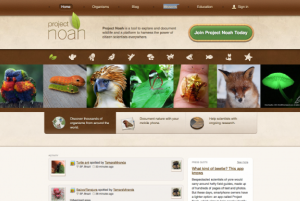 |
|
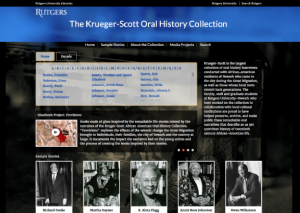 |
|
 |
|
 |
|
 |
|
 |
|
 |
|
 |
|
General InterestBack to Top | |
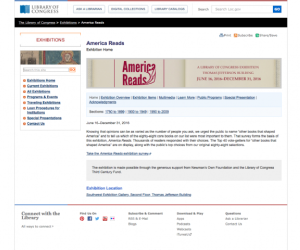 |
|
 |
|
 |
|
 |
|
 |
|
 |
|
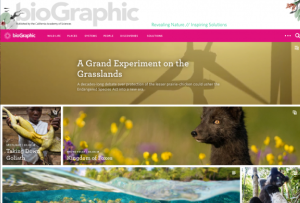 |
|
 |
|
Network ToolsBack to Top | |
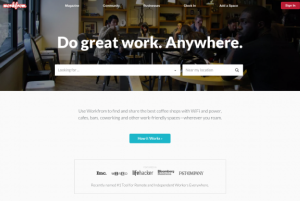 |
|
 |
|
In the NewsBack to Top | |
On Monday, Experience the Moon As It Has Not Been Seen Since 1948 | |
|
November's Supermoon Is Closest Since 1948: 5 Surprising Facts Supermoon science: November 2016 moon biggest and brightest in 60 years Next week's supermoon to be biggest since 1948 When to watch the closest supermoon Supermoon: Photos from around the world of the full moon The Best Resources About the "Supermoon" When three celestial bodies (e.g. the Earth, the moon, and the sun) are aligned, it is called a syzygy; syzygies occur during new moons, full moons, and, occasionally, during a solar or lunar eclipse. The moon's orbit of Earth is elliptical shaped, which means that when the moon is closest (perigee), it is a approximately 30,000 miles closer to our planet than when it is at the farthest point in its orbit (apogee). When a syzygy occurs while the moon is at perigee, we have a supermoon. In 2016, there have been a rare six supermoons, including three new supermoons (in March, April, and May respectively) and three full supermoons (in October, November, and December). On November 14th, the moon will appear larger and brighter than it has since 1948. Those hoping to check out this spectacular supermoon, dubbed the "Beaver Moon," in the continental United States can do see during the morning hours of the 14th. [MMB] The first three links will take readers to articles, from Space.com, The Guardian and The Christian Science Monitor that explain the astronomical phenomenon in more detail. Note that the articles include videos as well. Those who want to view the supermoon themselves should check out the forth link from EarthSky, which includes a map that illustrates when observers around the world should turn to the sky. Next, via the The Telegraph, readers will find a remarkable collection of photographs from around the world, taken last month during the October supermoon. Finally, instructors can check out education blogger Larry Ferlazzo's list of the best teaching resources about the supermoon. | |





